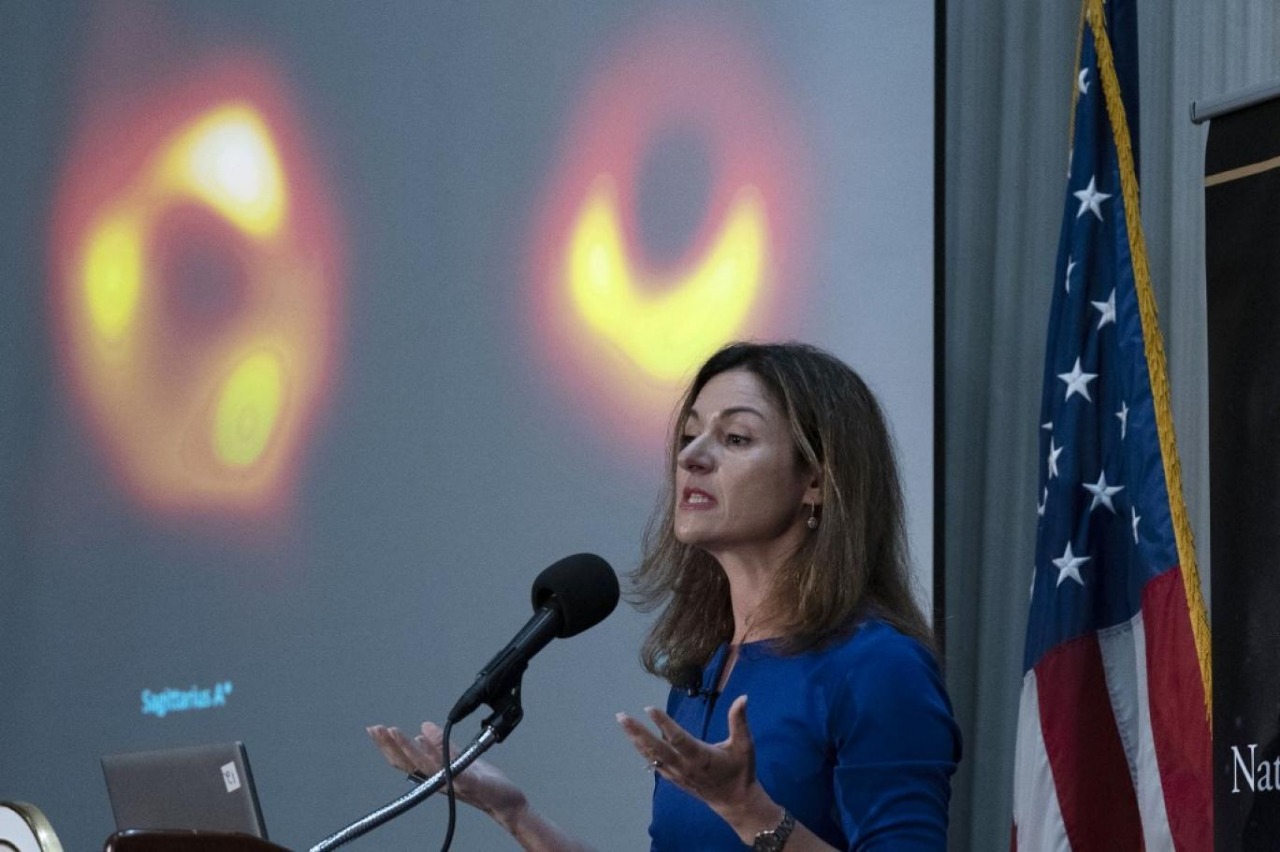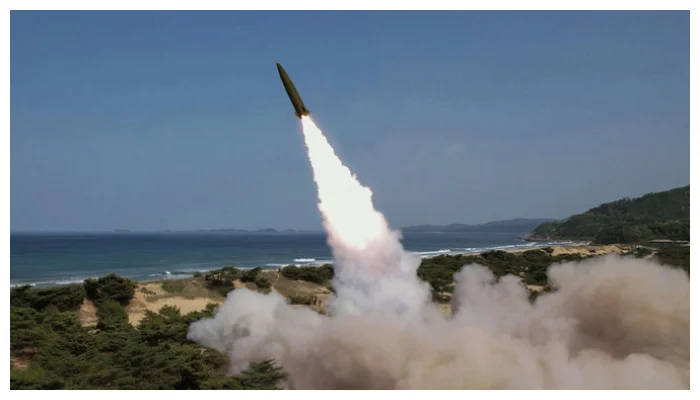This image is not only our first glimpse into the huge black hole Sagittarius * but it is in fact the first direct evidence of its existence.

Sagittarius A*, the supermassive black hole at the epicentre of our galaxy, is featured in the second-ever direct image of a black hole.
The world’s first image of the supermassive black hole at the heart of our galaxy, 27,000 light-years from Earth, was revealed on Thursday morning by an international team of astrophysicists and other scientists.
The team publicised the event on Twitter, calling it “the commencement of a new age of black hole physics.”
The image provides the first visual confirmation of Sgr Aexistence; *’s earlier, measurements of satellites in orbit around it had only been used to infer its existence. The image was created by the multinational cooperation of the Event Horizon Telescope (EHT). According to Bill Chappell of NPR, a group of more than 300 scientists assisted in the capture effort, “compiling information from radio observatories throughout the world.” (The EHT is made up of eight radio telescopes spread across the world and is called after the event horizon, or “point of no return” from a black hole.)
Pwehi, a supermassive black hole 55 million light-years away in the constellation Messier 87, was spotted by the EHT team in 2019. Pwehi is 6.5 billion times the size of our sun, and it looks similar to Sgr A* but is far more massive.
Scientists struggled to visually capture the considerably tiny Sgr A*: Feryal zel, an astronomy and physics professor at the University of Arizona, described it as a “dynamic environment” full of burbling and gurgling. The need to see through the Earth’s atmosphere, gas clouds, and interstellar dust towards the Milky Way’s core adds to the difficulty, according to zel. “It took a long time to develop our image and corroborate what we already had,” zel told NPR. Despite its close proximity to Earth in comparison to Pwehi, Sgr A* would be too far away to seem “almost the same size in the sky as a donut on the Moon,” according to the EHT team.
The EHT team stated in a media release that the hot gas whirling around Sgr A* at high velocities enabled capturing a image of this black hole far more difficult than Pwehi. “As the EHT observed Sgr A*, the brightness and pattern of the gas around it changed swiftly,” EHT scientist Chi-Kwan Chan said in a public statement.
Astronomers around the EHT collected images of Pwehi that were visually comparable, allowing scientists to create a clear composite image of Messier 87’s black hole. In a press statement, the EHT team stated, “That was not the case for Sgr A*.” Despite these anomalies, the scientists were able to piece together an image of Sgr A*.
Now that we have photos of such a wide range of black holes, we should better understand the behaviour of whirling gas around supermassive black holes, a process that is still poorly understood but thought to play a vital part in the formation of galaxies like our own. ” We may now look at the distinctions between these two supermassive black holes to learn more about them.
[embedpost slug=”now-suspicious-tweets-will-have-a-tag-of-viral-misinformation/”]




















